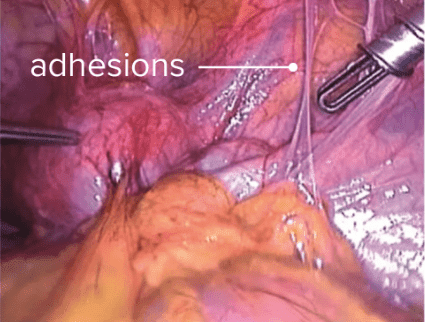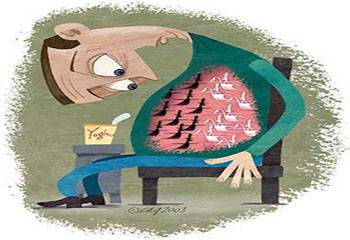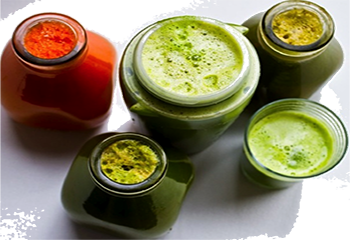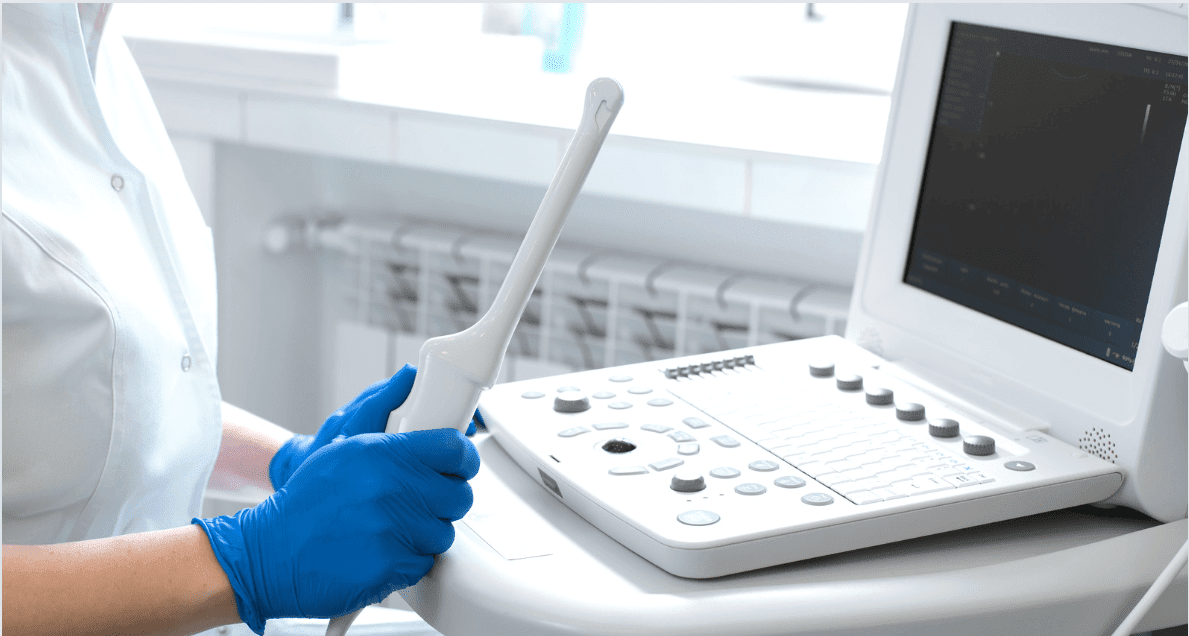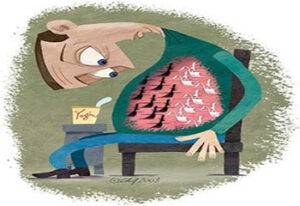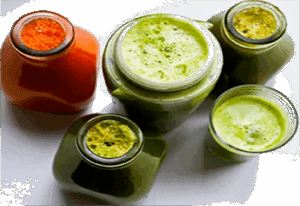Endometriosis adhesions are a common but often misunderstood complication of endometriosis. These adhesions, or bands of scar tissue, can bind organs and tissues together abnormally, causing a range of symptoms and complications. In this blog, I’ll explain what endometriosis adhesions are, how they form, the symptoms they create, their association with surgery, and their impact on the digestive tract. I’ll also discuss natural methods that can help in breaking down these adhesions.
What Are Endometriosis Adhesions?
Endometriosis adhesions are bands of fibrous scar tissue that form between internal organs and tissues. They can develop as a result of the inflammatory response to endometrial tissue growing outside the uterus. These adhesions can cause organs to stick together, leading to pain and dysfunction.
How Do These Adhesions Form?
Adhesions form when the body attempts to heal the damaged tissue caused by endometriosis lesions. The process involves inflammation, followed by the production of fibrin, a protein that aids in wound healing. Over time, this fibrin can form fibrous bands that connect tissues and organs that are not normally connected.
What do Endo Adhesions feel like?
You know you have endometriosis adhesions where you feel a pulling or tugging kind of sensation in your pelvis. It feels like something is tight and wants to snap, causing it’s own special kind of pain. This feeling is due to the fibrous bands of scar tissue that form between organs and tissues, causing them to stick together.
Endometriosis adhesions can create to a pulling sensation by creating:
- Organs & Tissue Restriction: Adhesions can bind organs and tissues together that are normally separate. This restriction can limit their movement and cause a pulling sensation when you move, stretch, or change positions.
- Nerve Entrapment: Adhesions can entrap or irritate nerves, leading to sensations of pulling, pain, or discomfort. Nerve irritation can also lead to referred pain, where the discomfort is felt in areas other than where the adhesion is located.
- Mechanical Stress: The scar tissue can exert abnormal mechanical stress on surrounding tissues and organs, causing discomfort and a sensation of pulling. This can be particularly noticeable during activities like bending, twisting, or during certain physical activities.
- Inflammation: The chronic inflammation associated with endometriosis can also exacerbate the pulling sensation by causing additional tissue swelling and sensitivity.
Other Symptoms of Endometriosis Adhesions Can Contribute To
Outside of that pulling feeling, endometriosis adhesions can also contribute to other common endometriosis symptoms including:
- Chronic pelvic pain
- Pain during intercourse
- Painful menstruation
- Infertility
- Digestive issues, such as bloating, constipation, or diarrhoea
- Pain during bowel movements or urination
Impact of Endo Adhesions on the Digestive Tract
Endometriosis adhesions are one of the most overlooked, underlying causes of the IBS symptoms that women with endometriosis can experience.
They do so by constricting the digestive tract, causing the intestines to stick to the abdominal wall or other organs, resulting in symptoms such as bloating (“endo belly”), constipation, diarrhoea, and pain during bowel movements.
Endometriosis adhesions affect the digestive system by:
- Formation and Location of Adhesions
- Spread of Endometrial Tissue: In endometriosis, endometrial tissue can implant on the intestines and other parts of the digestive tract. As the body attempts to heal these implants, adhesions can form.
- Scar Tissue Development: These adhesions can cause parts of the intestines to stick together or adhere to other organs, such as the uterus or pelvic wall.
- Mechanical Obstruction
- Bowel Obstruction: Severe adhesions can lead to partial or complete bowel obstructions. This occurs when the intestines are compressed or twisted, blocking the passage of digestive contents.
- Narrowing of the Intestinal Lumen: Adhesions can cause narrowing of the intestines, making it difficult for food and waste to pass through smoothly.
- Restricted Movement
- Limited Mobility: Adhesions can restrict the natural movement of the intestines, affecting peristalsis (the wave-like muscle contractions that move food through the digestive tract).
- Displacement of Organs: The pulling effect of adhesions can displace sections of the intestines, leading to pain and functional issues.
- Inflammation and Irritation
- Chronic Inflammation: The presence of adhesions and endometrial tissue can cause ongoing inflammation in the affected areas of the digestive tract.
- Irritation of the Bowel: This inflammation can lead to irritation and hypersensitivity of the bowel, exacerbating symptoms.
The Link Between Adhesions & Surgery
Surgical interventions are a common treatment for endometriosis, especially when every other treatment attempted has been deemed insufficient. Unfortunately however these procedures can inadvertently lead to the formation of new adhesions. Here’s how this happens:
- Tissue Trauma: Surgery involves cutting, cauterising and manipulating tissues, which can all cause trauma. The body responds to this trauma by initiating the healing process, which includes inflammation and the formation of scar tissue.
- Healing Response: During the healing process, the body produces fibrin, a protein that helps with blood clotting and tissue repair. Fibrin can contribute to the formation of adhesions by creating a sticky matrix that binds tissues together.
- Post-Surgical Inflammation: Even with minimally invasive techniques like laparoscopy, there is still some degree of post-surgical inflammation. This inflammation can stimulate the formation of adhesions as the body attempts to heal the surgical sites.
- Recurrence of Endometriosis: Surgery can remove existing endometrial lesions, but it does not cure endometriosis. New lesions can form after surgery, leading to new cycles of inflammation and adhesion formation.
Natural Ways to Break Down Endometriosis Adhesions
1. Enzyme therapy
Proteolytic enzymes (taken orally) can help break down proteins involved in the formation of scar tissue. Good examples of proteolytic enzymes include Bromelain, Papain, Nattokinase and Pepsin.
2. Castor Oil Packs
Applying warm castor oil packs to the abdomen can improve circulation and promote healing, potentially reducing adhesions. NB: avoid doing castor oil packs during menstruation or within the month after surgery.
3. Pelvic Floor Physiotherapy (Pelvic Floor Physical Therapy in the USA)
This specialised physical therapy can help stretch and mobilise both external and internal tissues, reducing the impact of adhesions.
4. Myofascial Release
This hands-on therapy targets the fascia, the connective tissue surrounding muscles and organs, to relieve tension and improve mobility.
5. Anti-inflammatory Foods & Natural Medicines
Supplements and foods rich in anti-inflammatory properties, such as turmeric (the medicinal extract being curcmin), ginger, and omega-3 fatty acids, can help reduce inflammation and the formation of adhesions.
6. Low-Level Laser Therapy (LLLT)
This non-invasive therapy uses low-level lasers to reduce inflammation and promote tissue healing, which may help break down adhesions.
7. Ultrasound Therapy
Therapeutic ultrasound can help soften and break down adhesions through deep tissue heating and increased blood flow.
8. Visceral Manipulation
This gentle manual therapy focuses on the internal organs to improve their mobility and function, potentially reducing adhesions.
9. Gentle Stretching
Incorporating regular stretching into your routine can also be a valuable part of managing endometriosis adhesions and improving overall mobility and comfort.
Here are a few stretches to try at home that can give you some relief from that pulling adhesion pain:
-
- Pelvic Tilts: Lie on your back with your knees bent and feet flat on the floor. Tilt your pelvis upward, flattening your lower back against the floor. Hold for a few seconds and release.
- Child’s Pose: Kneel on the floor, sit back on your heels, and stretch your arms forward while lowering your forehead to the ground. This stretch can help release tension in the lower back and pelvic area.
- Cat-Cow Stretch: On your hands and knees, alternate between arching your back (cat) and dipping it (cow). This movement can increase flexibility in the spine and relieve lower back tension.
- Hip Flexor Stretch: Kneel on one knee with the other foot in front, forming a 90-degree angle. Gently push your hips forward, stretching the hip flexor of the back leg.
- Seated Forward Bend: Sit with your legs extended in front of you and slowly reach forward, bending at the hips. This stretch can help release tension in the lower back and hamstrings.
When stretching, don’t forget to…
- Always warm up before stretching to prevent injury.
- Stretch gently and avoid any movements that cause pain.
- Hold each stretch for 20-30 seconds and repeat as needed.
- Consult with a healthcare professional or physical therapist to ensure that the stretches are appropriate for your specific condition.
Conclusion
Endometriosis adhesions can significantly impact a woman’s quality of life, causing pain and various complications. Understanding how they form and the symptoms they create is crucial for effective endometriosis symptom management. While surgical options are available, natural methods can also play a vital role in breaking down adhesions and providing relief.
Ready to take control of your endometriosis symptoms? Book a consultation with me today and start your journey to better health.

